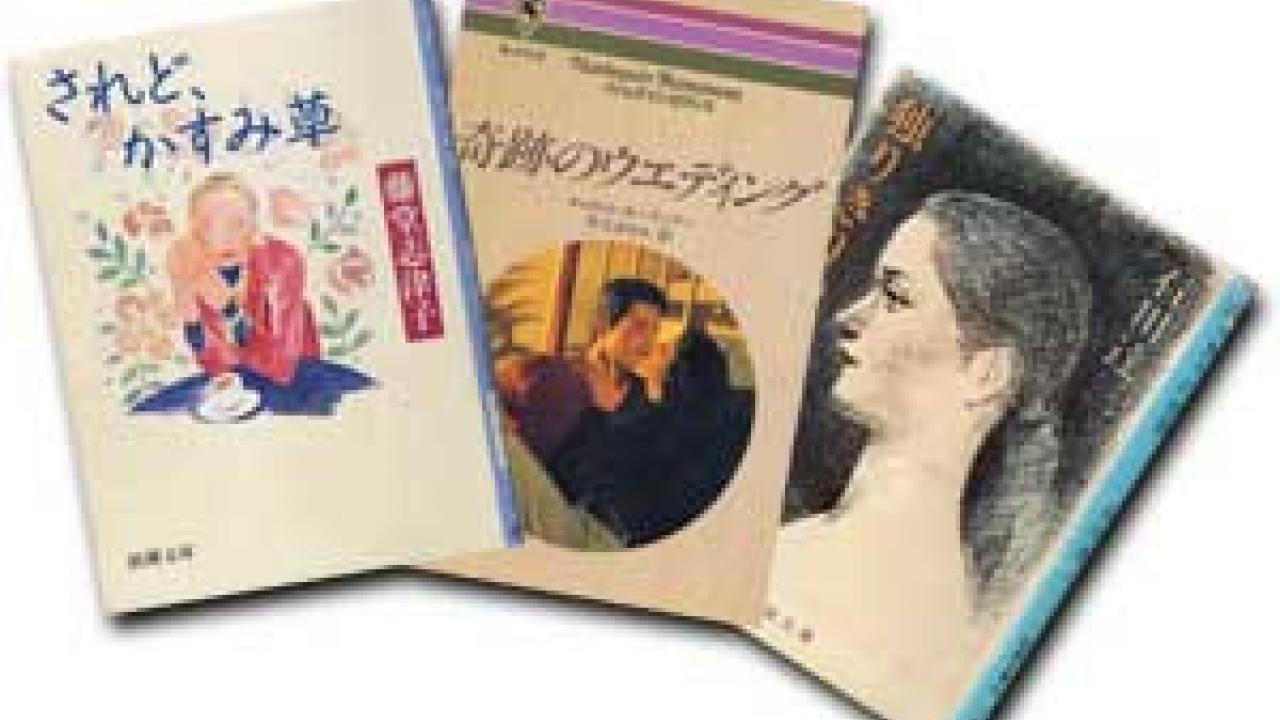Japanese women want more true love -- or at least want to read more about it -- thanks in part to American romance stories, says a UC Davis anthropologist.
In her study of Japanese love stories and translated Harlequin romance novels over the past 30 years, Janet Shibamoto Smith has found a shift from tragic to happy endings.
The whole notion of how a romantic relationship fits into the larger picture of Japanese families is changing, says Shibamoto Smith, a Japanese linguistic anthropologist.
Traditionally Japanese women and men have believed that practical considerations and having complementary roles within a family are at the core of the marriage bond, she says. But now that Japanese women are delaying marriage and are more reluctant to have children, Shibamoto Smith notes a shift in attitude.
Before the Harlequin translations entered the Japanese market in 1981, Japanese love stories tended to focus on tragic endings, mostly death by illness or suicide.
In the 1980s and '90s this changed. Shibamoto Smith notes that in the more popular "happy ending" books, both American and Japanese writers emphasize narratives built around the male-female pair as individually loving and successful, and conclude with marriage or prospective marriage.
Unlike the American expectation found in the Harlequins that love will conquer all, however, the Japanese writers have a different cultural take.
"In Japanese novels, it's not the burning passion that clears the path but rather friends, family and suitable circumstances that help the couple overcome the obstacles to a happy ending," Shibamoto Smith says.
Media Resources
Susanne Rockwell, Web and new media editor, (530) 752-2542, sgrockwell@ucdavis.edu
Janet Shibamoto Smith, Anthropology, (530) 752-7388, jssmith@ucdavis.edu
